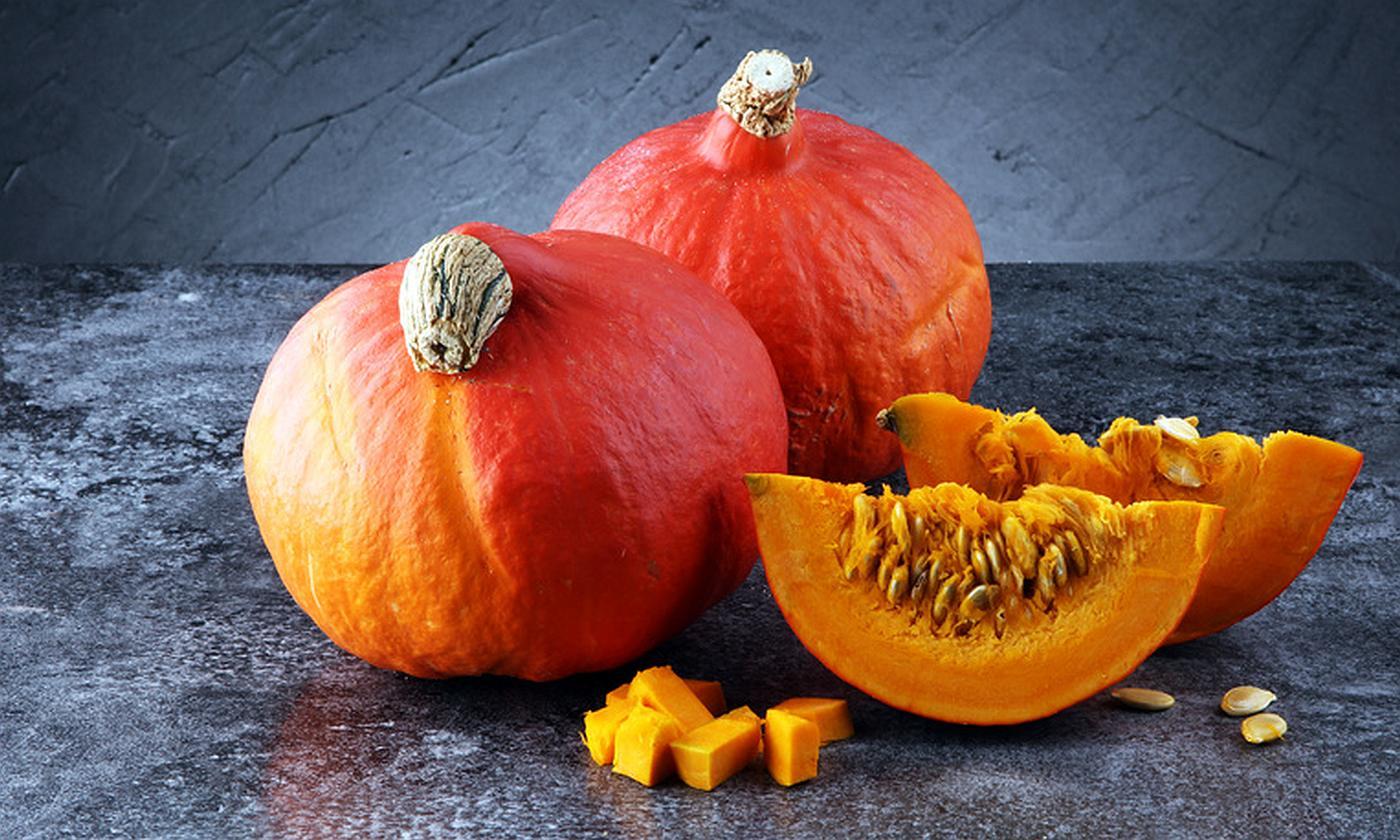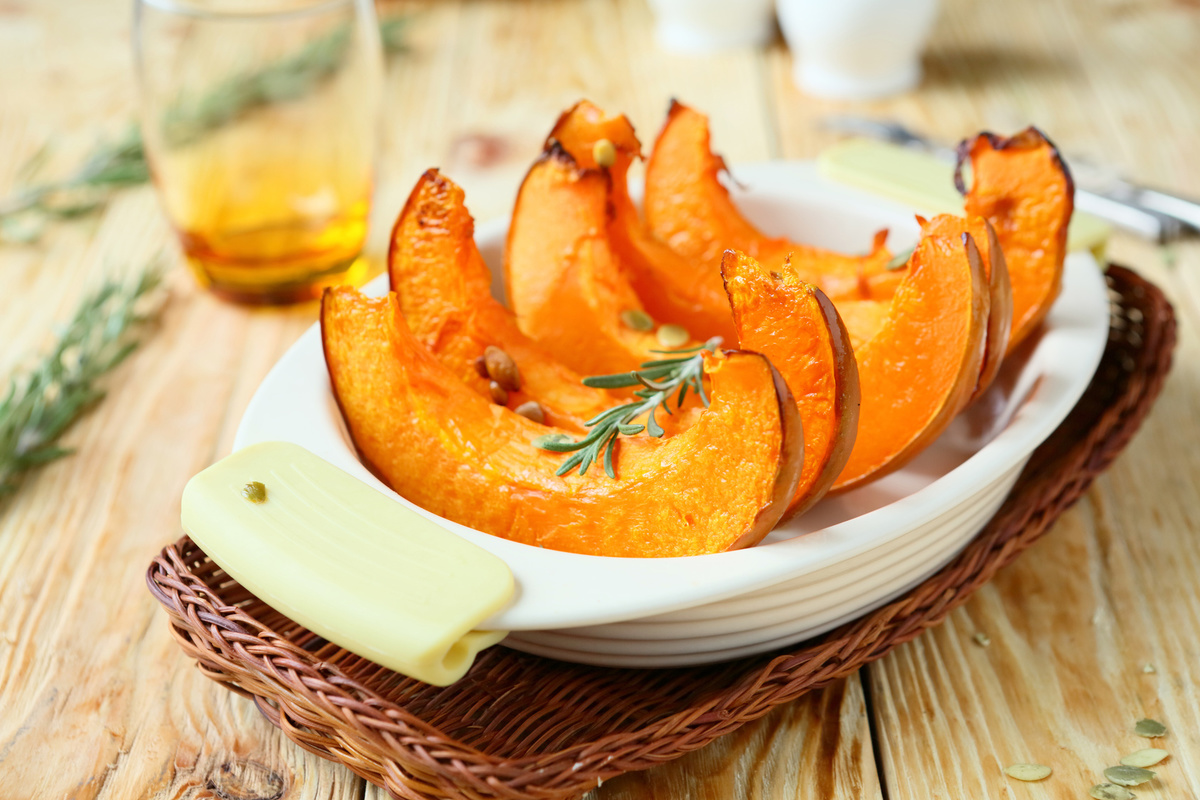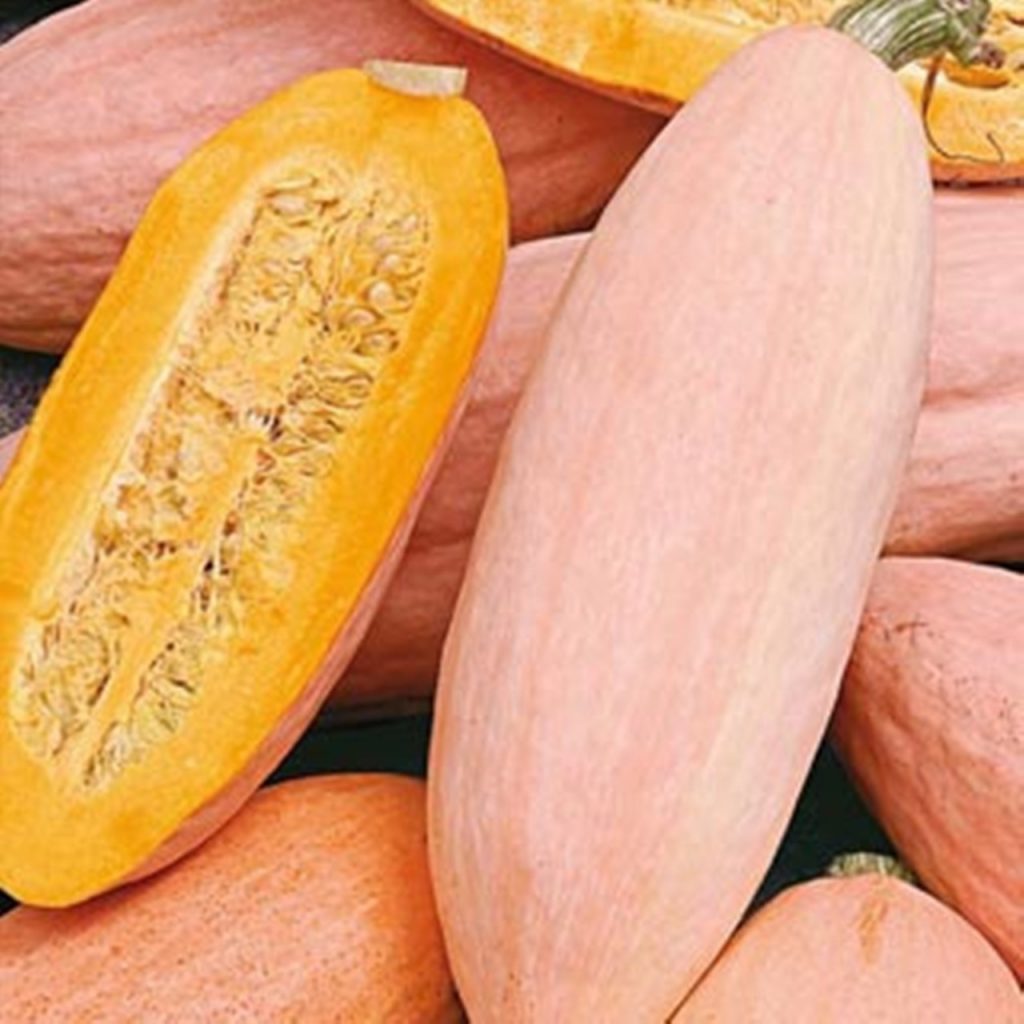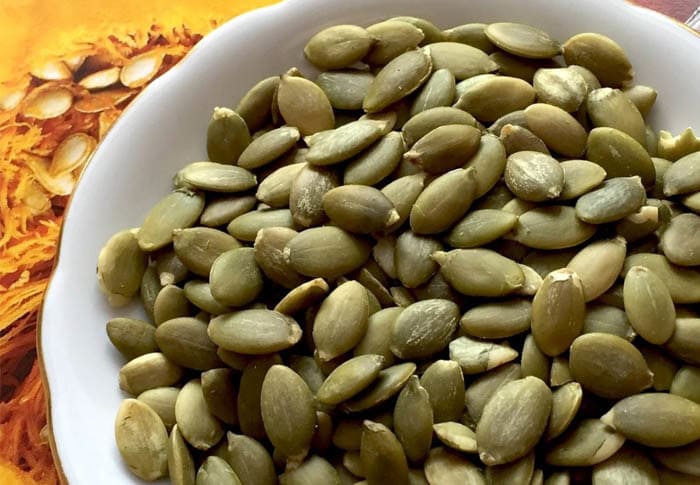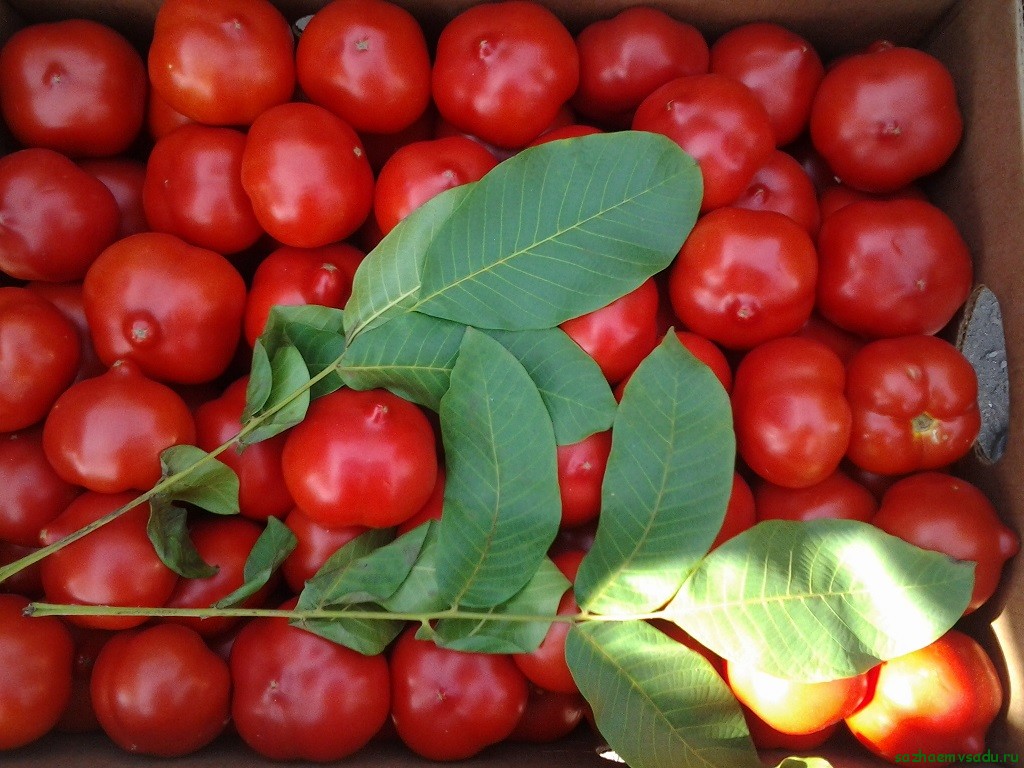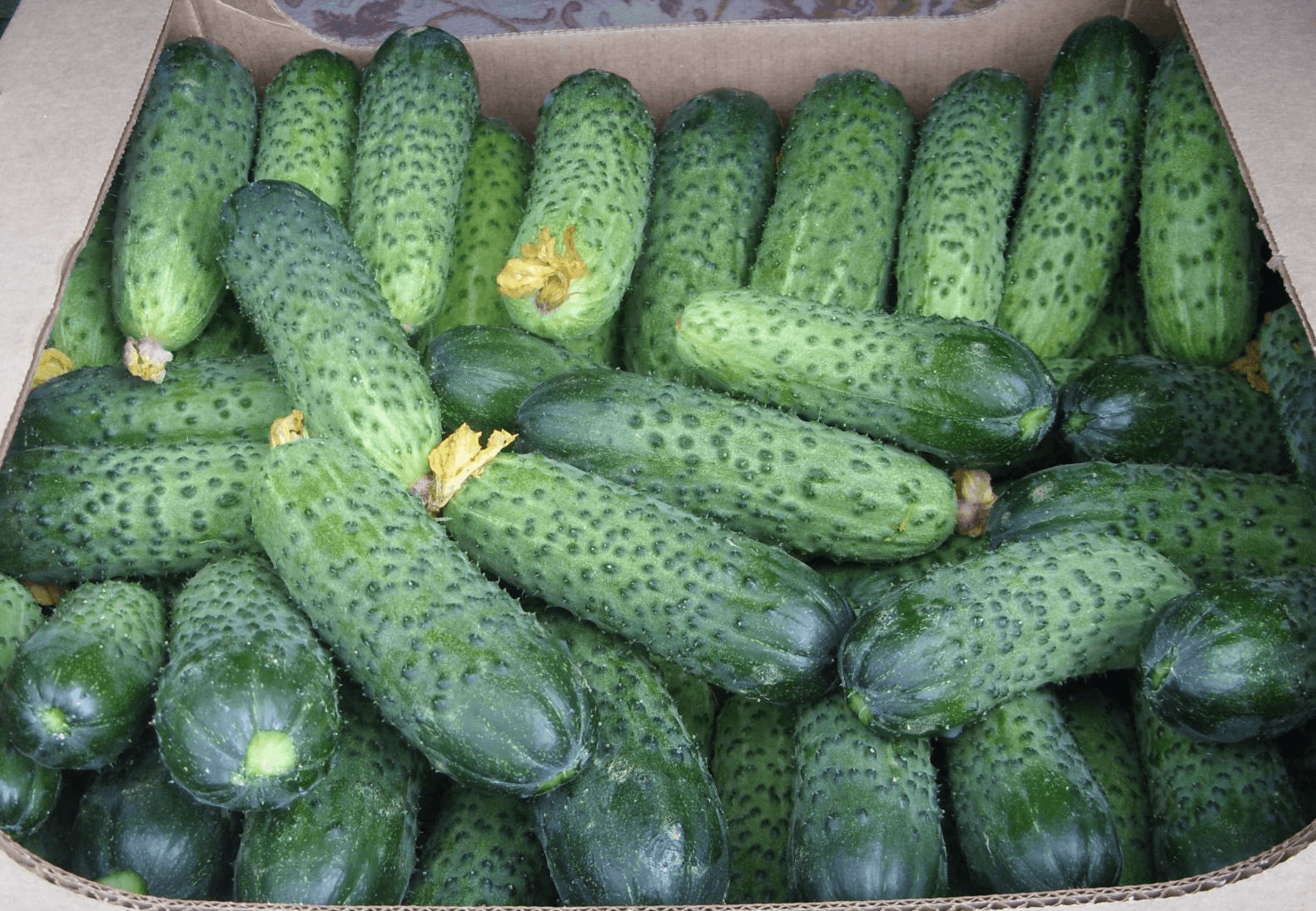Content:
Choosing the right pumpkin varieties is pretty simple. It is enough to choose a variety for growing in a specific region, and the plant will certainly thank the summer resident with a delicious harvest.
A quick reference about culture
Pumpkin is an annual plant with a taproot system and large orange flowers. The fruit is tied on the main stem. There are many varieties of this culture. They all look different, and each species has its own characteristics. There are common and nutmeg pumpkin, food and decorative. The Latin name for common pumpkin sounds like pepo pumpkin.
Pharmacognosy is a pumpkin that has medicinal properties. The pulp is rich in vitamins and minerals, the seeds have an antiparasitic effect.
Pumpkin GF (State Pharmacology, encyclopedic reference): the reference indicates that the culture is included in the list of medicinal plants that grow on the territory of Russia, and also help in the treatment and prevention of many diseases.
The best pumpkin varieties for growing in Siberia
Siberia and the Urals are regions with severe winters and hot summers. However, do not think that it will not be possible to grow culture in this region. Species suitable for growing in the open field in Siberia are distinguished by their unpretentiousness and good yield.
Countrywoman
This is a large-fruited variety, resistant to temperature changes.
- tolerates summer heat and sudden night frosts well;
- mid-season;
- pear-shaped, orange fruits weighing 2-3 kg.
Atlas
It adapts well to any weather conditions.
- early maturing;
- advantages - well stored, fruits are rich in vitamins;
- disadvantages - it does not tolerate an excess of fertilizers, loves space and grows poorly in crowded planting.
This species is considered one of the most unpretentious.
Hokkaido
This variety is also called Japanese pumpkin. Grows well in cold climates.
- easily tolerates frost and temperature changes;
- early maturing;
- bright red pumpkins weighing 2-3 kg;
- pluses - the fruits are well stored, the plant easily adapts to any conditions;
- cons - during drought, the fruits are deformed, the whips grow strongly.
Parisian Gold
The variety grows well in the northern regions if planted in early June. Sometimes it is also called the Parisian pumpkin.
- tolerates hot summers and temperature changes well;
- early ripening variety;
- rounded bright yellow fruits weighing 4-6 kg.
Matilda
Pumpkin tolerates sudden changes in temperature and feels comfortable in hot summer. The official name of this variety is Matilda butternut pumpkin. Also, this hybrid variety is known to many summer residents under the name Matilda f1. If you plant this species, cultivation will be successful even in the northernmost regions (in the greenhouse).
Description:
- early maturing;
- grows well if the spring is cold and cloudy;
- pear-shaped yellow fruits weighing 2-3 kg;
- advantages - high taste;
- disadvantages - poor seed germination, sometimes seedlings take root poorly.
Varieties for cultivation in the Leningrad region
The land in the Leningrad region is not fertile (with the exception of certain areas where the soil is rich in peat). However, it is possible to successfully grow a crop in this soil.
Red Baroness
The cultivation of this species is possible both in the greenhouse (by seeds) and in the open field (by seedlings). Description:
- mid-season;
- resistant to cold and high humidity;
- bright red fruits weighing 5-8 kg;
- advantages - suitable for both main dishes and pastries, well stored;
- cons - grows poorly on poor soil, is often affected by fungal diseases.
Benincasa
This variety grows well in the Leningrad region when grown through seedlings. In more southern regions, it is recommended to plant with seeds. A close relative of this variety is the Chinese wax pumpkin Chenzhou.
- sensitive to frost, but tolerates high humidity of air and soil well;
- white pumpkin, fruits grow up to 10 kg;
- late maturing;
- pluses - pumpkins are well stored, have medicinal properties;
- disadvantages - needs abundant feeding, grows poorly in shaded areas.
The species got its name for the unusual color and shape of the fruit. Sometimes it is also called Sweet Banana.
- tolerates short-term frosts well;
- early maturing;
- this pumpkin is large-fruited - pink cylindrical fruits weigh 5-12 kg.
Pineapple
The pumpkin is a bit like the Matilda variety.
- mid-season;
- grows well in climates with humid and cool summers;
- pear-shaped yellow fruits weighing 2-3 kg;
- advantages - pumpkins contain a lot of sugar, are well stored;
- disadvantages - it is difficult to find seeds on the free market, it is often affected by pests.
Butternut Squash
This variety is considered one of the most delicious.
- early maturing;
- resistant to cold weather;
- pear-shaped pumpkin, yellow club-shaped fruits weighing 3-5 kg.
Varieties for cultivation in the Moscow region
Moscow region, Vladimir and Nizhny Novgorod regions are usually referred to as the Russian Central zone. In this climate, seed crops can be grown in the open field.
Candied
Candied Pumpkin is a variety of Muscat.
- not resistant to frost;
- medium late;
- green fruits with orange pulp weighing up to 5 kg.
Cinderella
It is one of the best varieties to grow in warm climates.
- mid-season;
- golden round fruits weighing 5-7 kg;
- needs to pinch the side shoots;
- advantages - high calorie content and spectacular appearance of the fruit;
- cons - if stored improperly, a gray bloom of mold often forms on the fruit. A gray or green pumpkin that has been in the basement or cellar for a long time is no longer edible.
Cinderella fruits taste like a melon and are often used to make jams according to various recipes.
Big Max
If a Big Max grows on the site, cultivation with the creation of the proper conditions for the plant will help to obtain record large fruits.
- prefers warmth and sun, does not like sudden changes in temperature and frost;
- round orange fruits weighing up to 7 kg;
- advantages - pumpkins are well stored, the plant responds well to feeding;
- disadvantages - with a lack of moisture, the fruits are deformed, the culture is susceptible to viruses.
Hazelnut
Pumpkin is very popular due to the nutty flavor of the fruit. A description of the variety can be found in any book, since this species is one of the most common.
- does not tolerate night frosts, loves warmth and sun;
- round orange fruits weighing up to 1.5 kg;
- advantages - unusual taste, small size of pumpkins and spectacular appearance;
- disadvantages - grows poorly on poor soils, the variety is susceptible to diseases and pests.
One hundred pound
The pumpkin got its name from the large size of the fruit. The scientific name of the variety is large-fruited one-pound. If this variety grows on the site, cultivation and care will not be too difficult. The plant is unpretentious.
- tolerates light frosts well, but is sensitive to wind and drafts;
- mid-season;
- orange spherical fruits weighing up to 20 kg.
Red Riding Hood
The pumpkin is known to botanists as Turbid (by the shape of the fruit).
- early maturing;
- tolerates cold weather, but loves hot summer;
- orange turbid fruits weighing 3-5 kg;
- pluses - unusual shape, sweet taste and pronounced aroma;
- disadvantages - it is difficult to find seeds on sale, requires abundant and frequent watering.
Kiwano
It's not exactly a pumpkin, but a very close relative of it. Sometimes it is also called Horned Melon.
- mid-season;
- does not tolerate cold;
- fancy pumpkin shape weighing up to 500 g;
- dignity - the fruits have medicinal properties, look unusual;
- disadvantages - fruits can cause allergies, the plant can die in frost.
Dawn and Slasten pumpkins are often grown in different areas. The varieties are unpretentious, high-yielding. Also popular is the Melon pumpkin - a high-yielding, mid-early variety. Fruits are orange-pink, large.
Pumpkin is one of the healthiest vegetables around. If you choose the right species and follow the rules for care, the cultivation will certainly be successful.


